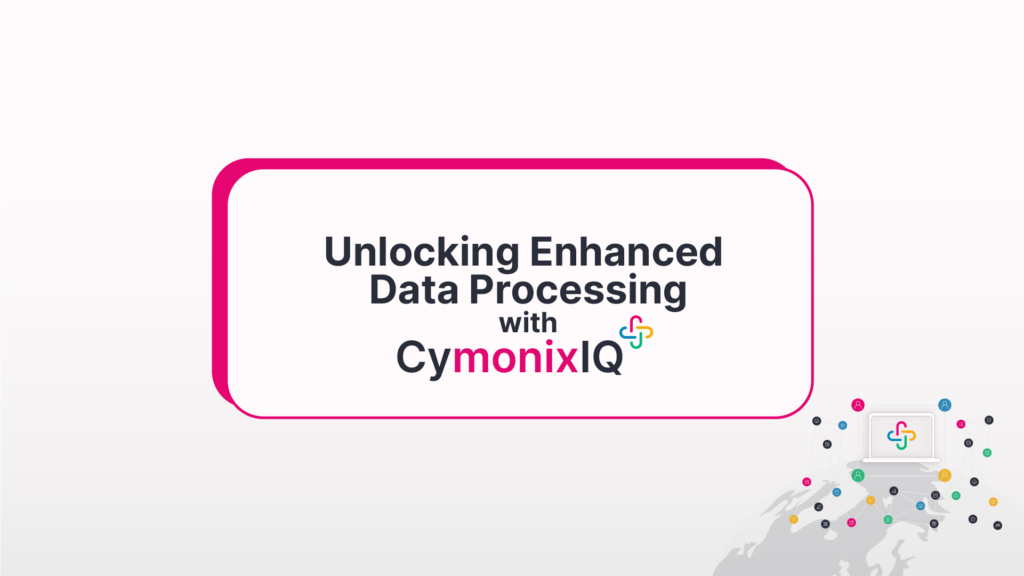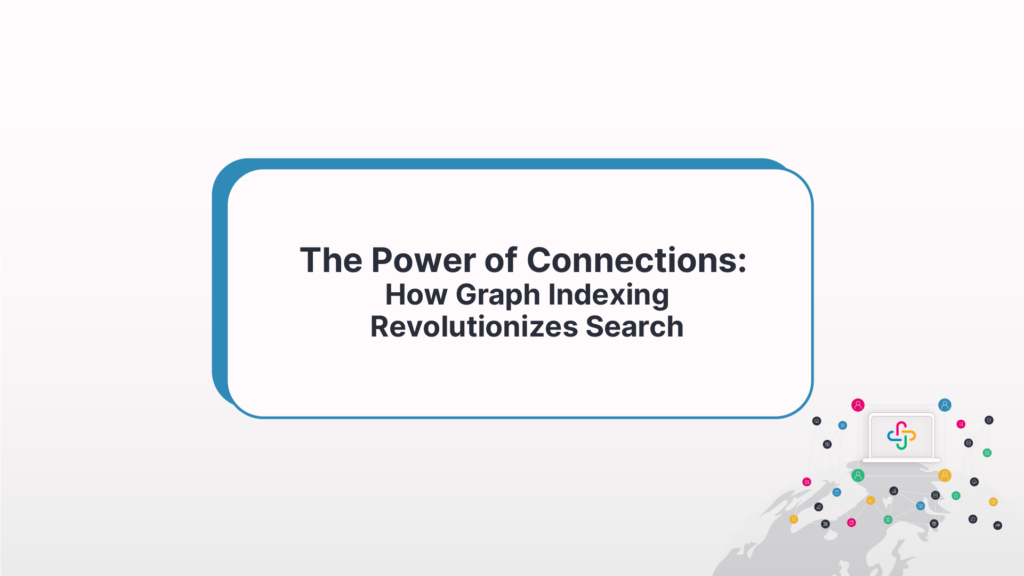Elevating User Experience: The Fusion of Knowledge Graphs and AI for Personalization and Recommendations
- Bill Palifka
- January 22, 2024
In the era of data-driven decision-making, businesses are harnessing the power of Knowledge Graphs and Artificial Intelligence (AI) to revolutionize personalization and recommendation systems. This integration goes beyond traditional approaches, offering a deep understanding of data, preferences, behaviors, and contextual information. In this blog post, we’ll explore how this synergy is reshaping user experiences, enhancing worker insights, and accelerating problem-solving through personalized content and product recommendations.
The Power of Knowledge Graphs and AI Integration
Contextual Understanding
Knowledge Graphs form the foundation for contextual understanding. By mapping relationships between different data points, businesses gain a holistic view of user preferences, historical interactions, and contextual information. AI algorithms, when integrated with these graphs, leverage this context to deliver highly personalized experiences.
Personalized Recommendations
The marriage of Knowledge Graphs and AI empowers businesses to offer personalized recommendations with a level of precision previously unattainable. Whether it’s suggesting relevant articles, products, or services, the system adapts to individual user profiles, creating a tailor-made experience.
Behavioral Analysis
AI algorithms, in conjunction with Knowledge Graphs, analyze user behaviors to identify patterns and trends. This behavioral analysis informs the recommendation engine, allowing businesses to anticipate user needs and preferences, thereby delivering recommendations that align with individual tastes.
Enhanced Worker Insights
Personalization extends beyond customer interactions to internal processes. By applying personalized recommendations to workflows, employees gain access to insights that are directly relevant to their roles. This empowers workers with the information they need, fostering a more informed and efficient workforce.
Swifter Problem-Solving Through Personalization
Relevant Content Delivery
In a knowledge-intensive environment, the ability to swiftly access relevant content is paramount. Personalization ensures that workers receive content tailored to their specific needs, reducing the time spent searching for information and enhancing overall productivity.
Productivity Boost
For e-commerce and service-oriented businesses, personalized recommendations streamline the decision-making process for customers. Similarly, within the organization, personalized workflows contribute to a more productive work environment by eliminating unnecessary steps and facilitating smoother collaboration.
Adaptive Learning
In training and development scenarios, personalization extends to adaptive learning experiences. By understanding individual learning preferences and progress, businesses can tailor training modules, ensuring that employees receive the most relevant and effective learning materials.
Conclusion
The integration of Knowledge Graphs and AI is a game-changer in the realm of personalization and recommendations. Businesses that leverage this synergy are not only enhancing user experiences but also transforming internal workflows, contributing to swifter problem-solving and improved productivity. As the journey of personalization and recommendation systems continues, the collaboration between Knowledge Graphs and AI stands as a beacon guiding businesses toward a future where every interaction is tailored, insightful, and inherently valuable.



